How to Read London: A crash course in London Architecture
£7.30£9.50 (-23%)
Over 2,000 years of settlement give London its unique architectural heritage. Unlike Haussmann’s Paris, neither monarch nor politician imposed their will; private ownership and enterprise shaped the city and defined its parts. Elegant West End squares and crescents hallmark the Classical townscape that emerged between 1600 and 1830, but medieval, Tudor and Victorian enclaves identified by occupation, class or guild make their own design statement, notably in the City and East End. From its renewal after the Great Fire of 1666 as a centre of commerce, culture, finance and as a railway hub, the seat of power and law, How to Read London reveals through the built environment how London’s domestic, civic and commercial landscape has evolved and adapted from imperial capital to global city.
Read more
Additional information
| Publisher | Ivy Press, 1st edition (6 April 2017) |
|---|---|
| Language | English |
| Paperback | 256 pages |
| ISBN-10 | 178240452X |
| ISBN-13 | 978-1782404521 |
| Dimensions | 13.97 x 1.91 x 16.83 cm |


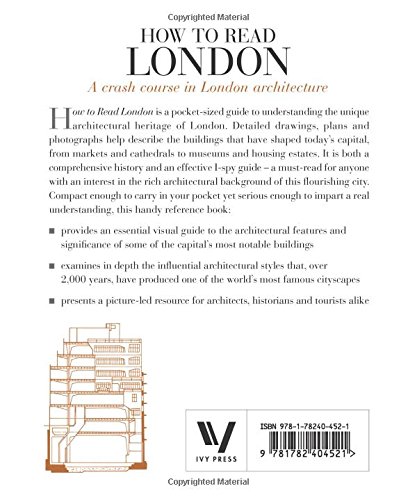
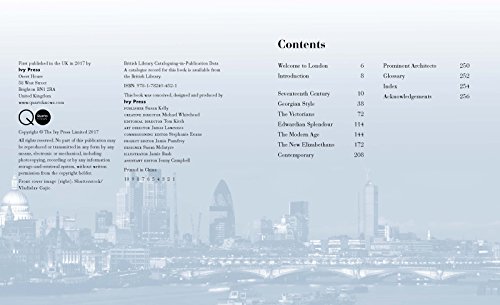
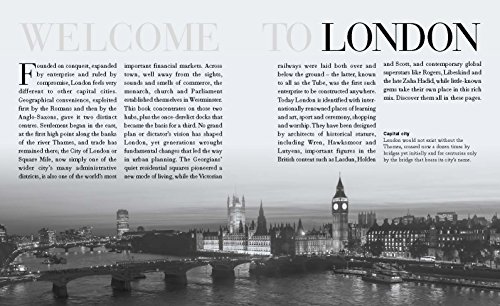
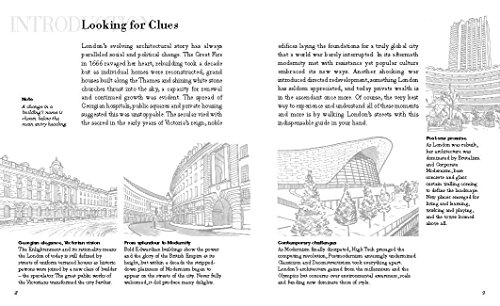
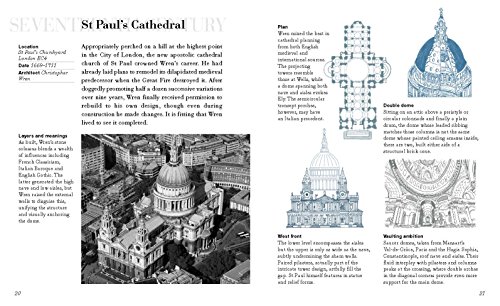



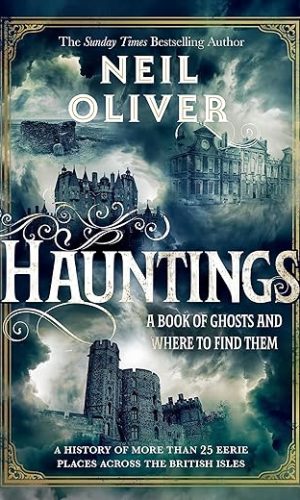


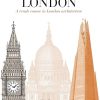
by Marina Ribeiro
Perfect.
by Katerina Spanova
A great little companion for your London trip if you’re interested in architecture! Love all the illustrations and descriptions, great for people who want details and interesting facts but did not study architecture before.
by Larache Tomatoes
Interesting book, a lot of useful facts, to be honest can easily and readily available online.
It seems to skip Tudor buildings such as the pretty St James’s Palace.
It really starts to mention and go into detail about building post 1666 fire, it touches on earlier periods but only Westminster Abbey, and not really in any depth.
London is full of medieval buildings, which seem to be missed out in the book, such as St Bartholomew’s, St Olave’s, Walbrook Church, it mentioned Walbrook but post the great fire.
It doesn’t have the Tower of London, Buckingham Palace and so much more.
The book mentions, the architect and companies involved in the design and making of the building, throughout the book.
I would have prefered it to cover more details about Roman buildings, such as the simple Walls (and what it could have been),, Barbican area, London Wall, The Gates, Tudor & Edwardian buildings, even if it were a simple house, possible Viking era (probably impossible, due to ASaxons eradication of anything Viking), then to medieval period of 10th,11th Century, and much more.
It’s a small book, measures about 16.5cm x 13cm, x 1.5cm, it not to bad on the eye, but keep a magnify glass handy.
All in all it’s a handy little reference book, to get you started into researching a buildings, and provides a nice and tidy insight into a some great building designs in London.
by Oksana Krumina
That was what I needed
by Robyn Carter
Lovely skim read for walking the streets of London and reading the buildings age.
by Terri A.
Pocket sized but not small. Full of great and interesting facts
by Jane Kuo
Amazon’s shipments are fast. The quality of this product is also very good. I highly recommend it to everyone.
by Jaxx
Great book & just the right size.